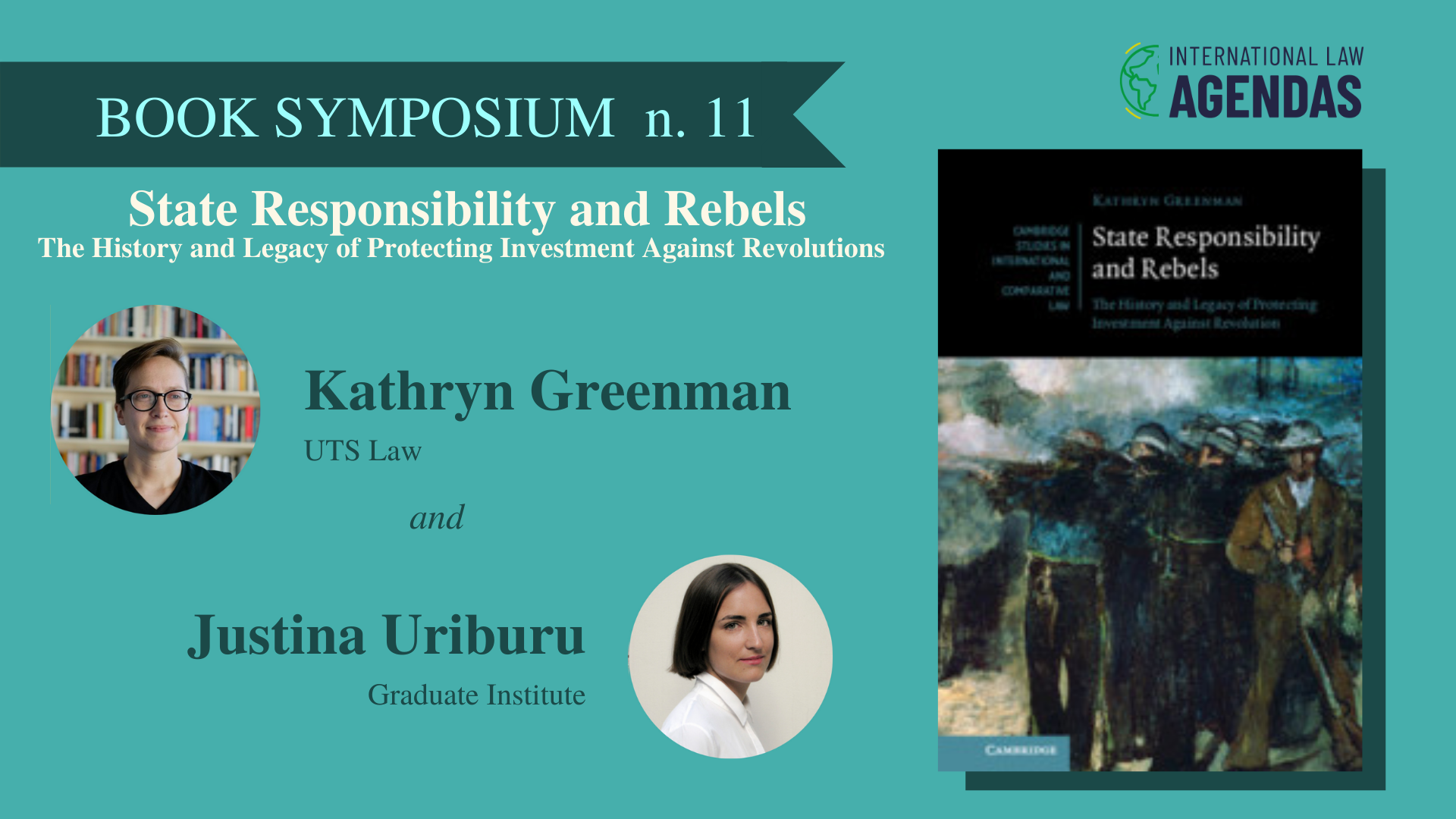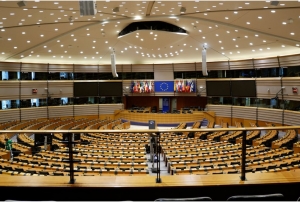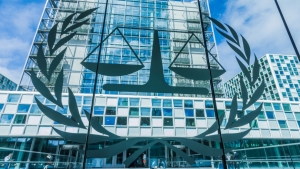Kathryn Greenman’s new book State Responsibility and Rebels: The History and Legacy of Protecting Investment Against Revolution traces and (re)describes the case-law of the mixed commissions created by Latin American countries, on the one hand, and the United States and European powers, on the other, to adjudicate claims for injuries to foreigners residing abroad caused by rebels. The book goes beyond the reconstruction of these forgotten precedents as it warns international lawyers why they should care about them today. State Responsibility and Rebels tracks the legacies of the commissions’ case-law in contemporary international law —especially the law of state responsibility and international investment law. It focuses on international law’s role over time in insulating economic relations from revolution and civil war in the third world. In this short reflection, I bring forward two questions. First, is Greenman’s work an account of international law and Latin America? Second, what does this book teach us about the history and politics of international adjudication? My aim is not to provide full-fledged answers but rather to develop some of the many conversation-starters that Greenman plants in her book.
Greenman’s introductory chapter could be read as offering a quick answer to my first question. There, she says she ‘do[es] not intend for this to be a thesis about Latin American international law’ (32). Far from intending to challenge her assertion, I would like to explore what it might mean to foreground a Latin American experience without framing it as a work about Latin American international law. Two points merit attention. The first one is the historiographical choice behind this framing. Greenman claims that her work does not retrieve an experience that complements ‘the globalization of a law of European nations’ (28). In this way, she eludes the lens of contributionism. This choice will not go unnoticed to the critical eye as, by now, scholars working in or from the South have long advised us against the perils of contributionism. Perhaps once important to affirm the history of the (semi-)peripheries, contributionist accounts are analytically deficient as they rewrite (semi-)peripheral participation in international law’s allegedly universal history and all too often spare international law’s mercantilist and imperialist character (see, i.e., Gathii; cf. Gevers). Unfortunately, portrayals of Latin American (or Asian or African) developments as distinct or regional contributions to a so-called global or universal project continue to haunt the international legal discipline. This remark, therefore, may allow readers to appreciate Greenman’s framing better.
Now, the question that follows is how and why an account that ‘centres Latin America in the narrative of the past of international law’ (28) might not be a thesis of Latin American international law (32), nor, I may add, a work merely on international law and Latin America. The answer is not obvious as it is rare to see such an account in the form of a book. Within the increasingly rich literary genre on the history and theory of international law, Juan Pablo Scarfi’s The Hidden History of International Law in the Americas is one of the few monographs in English placing the Latin American experience centre stage. The scarcity of books that both put Latin America at the centre and elude the contributionist lens has multiple explanations. One of them may relate to the fact that such projects are burdened with higher standards. Aside from the work the author must carry out on the history, politics, and materials of a specific region, she must also articulate the (difficult) question of what (European) international legal scholars can learn from works grounded on the history, politics, and materials of these distant states. Greenman passes this test with flying colours. With her multi-layered research and sharp juridical arguments, she clearly explains how her work on historical developments involving Latin American states informs key disciplinary debates; mainly, the history and politics of international adjudication, the role of international law in the economic ordering in the postcolonial setting, the opportunities allowed by codification processes in international law to states and jurists, among others.
Greenman’s engagement with key disciplinary debates takes me to my second question: how State Responsibility and Rebels illuminates the literature on the history and politics of international adjudication. As a researcher of international adjudication projects in Latin America, I understand Greenman’s book as a work that simultaneously sheds light on three dimensions: the history of international adjudication, the question of why states agree to adjudication, and the impact of adjudication beyond decision-making. I will illustrate these separately. First, State Responsibility and Rebels challenges the legal and historical accounts that associate adjudication with peace and non-intervention, highlighting that the resort to mixed commissions did not correlate with a decline in the use of force and that the commissions were, in fact, often imposed by threat or use of force (6-8; chapter 2). Second, it is true that Greenman does not set herself to answer why states create mixed commissions. However, and leaving momentarily aside the complexities presented by answering ‘why questions’ as jurists (see, i.e., Pahuja), her rich account of the circumstances in which states created the three mixed commissions she studies enables a broader understanding of the issues at stake in the negotiation to establish adjudicative arrangements. In the case of the mixed commissions, these include the United States and European powers’ competition for the natural resources of Latin American countries and their resistance to non-friendly capitalist rulers in the region. Putting the commissions in context allows us to understand better what reasons states had to promote or repel them. Such considerations are especially valuable for a discipline characterised by its judge-centrism (see, i.e., Zarbiyev), and that often takes for granted the existence and work of international courts and tribunals.
Finally, Greenman touches on the impact of the commission’s case-law on a broader scale. In her own words, ‘arbitration took the regulation of the conditions of entry of capital out of national jurisdiction. This favoured capital, if only because it meant a homogenisation of standards, and swung the odds towards economic liberalisation’ (30). Throughout the book, she reiterates that ‘since arbitration was often imposed by force and dominated by the United States [rules coming out of the arbitral practice] were seen as reflecting US interests’ (142; see also, 148, 172). These are strong claims, which raise the question of how international law channelled or sustained these power relations. While Greenman offers a clear lead in this regard (arguing that the very existence of the system pulled the question of states’ responsibility for the acts of rebels away from domestic authorities), it would also be interesting to know more about how the institutional architecture of these commissions facilitated this domination. Where did the commissions sit? What were the rules governing their operation, such as their voting mechanisms and timeframes? How were they composed? What were their appointment mechanisms? Looking into these questions might, perhaps, allow us to gain more insights into the politics of these mechanisms.
State Responsibility and Rebels makes an evident intellectual contribution: it retrieves relevant and overlooked precedents. Yet its most outstanding virtue, I believe, lies in its capacity to account for the importance of these precedents by weaving the reception of the commissions’ case-law by scholars, codifiers, and state representatives into the main storyline. Reflecting upon the adaptation of his book Call Me by Your Name into the eponymous film, André Aciman touched on the differences between the roles of the writer and the film director. He said that while writers ‘chisel a statue down to its finest, most elusive details’, film directors ‘make the statute move’ (Aciman). Most often than not, legal scholarship presents us with statues, which vary in their size, colour, and sophistication. Greenman, however, steps out of the role of Aciman’s writer and offers a visual and imaginative experience; one in which law is depicted in motion —flexible, open to resistance, sometimes ruthless, transmuting from strange into familiar, travelling across time and different sceneries.
Previous post / Following post
-

PhD Candidate in International Law at the Geneva Graduate Institute & Doctoral Researcher at the Albert Hirschman Centre on Democracy





